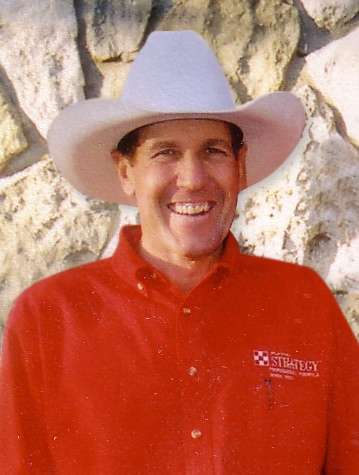“Bull buying time is here for most cow-calf operators.”
There are literally dozens of opportunities to purchase beef bulls throughout the Midwest.
With so many options in breed, color, pedigree, age, performance, price, and more, it’s a puzzle determining which bull to buy.
Making sense of the thousands of numbers to wade through in a sales catalog is completely mind boggling.
One bull may be very good for calving ease EPD (expected progeny difference) but fail badly on yearling weights. Another may be at the top on carcass grid value but below average in EPD for cow stay ability.
Are all those numbers important? Which one makes the most money?
Jared Decker, beef genetics specialist at the University of Missouri, has offered some assistance.
“Rather than piece together your own system to balance a dozen traits, boil it down to one number and put it in real dollar-per-calf terms,” Decker advised.
It’s called an economic selection index. “It’s an EPD for a single trait: profit,” Decker said. “It’s a combination of each trait weighted by economic importance. It gives multi-trait selection in a simple formula that is profit motivated.”
Selection indexes come in several types, he explained. Some are terminal indexes, in which no replacement females will be kept. So, there’s no need to include such traits as milk or cow stay ability.
For most cattle producers, Decker favors a more all-purpose index that includes important traits from conception to slaughter.
Many breed associations offer their own versions of economic selection indexes and explain them on their websites. If a bull is registered, cowmen can often search for the index by registration number.
The American Angus Association, for instance, offers a system called Angus $Value Index. Angus bulls are indexed by such criteria as weaned calf value ($W), feedlot value ($F), or maternal weaned calf value ($M).
The maternal weaned calf value is a multipurpose index, combining milk, heifer pregnancy rates, docility, and foot scores. “When used over time to make bull selections, it could build a more efficient cowherd,” Decker said.
The Hereford breed offers several indexes, including the Certified Hereford Beef Index (CHB$) and an all-purpose index called Baldy Maternal Index (BMI$).
“Cowmen need to know their own breeding objectives,” Decker said “Is it maternal traits or carcass traits? Find an index that works for those traits and use it. They are the best answer today for making genetic progress in beef herds.”
On its website, American Angus says selection indexes only have meaning when used in comparing the relative merit or ranking of two individuals.
If bull A has a weaned calf value index of +$50, bull B has a value of +$35, and all breeding and environmental conditions are equal, on average, a cowman can expect bull A’s progeny to have a +$15 per head advantage in preweaning value over bull B.
There are economic selection indexes for feed efficiency, performance, stay ability, sustained fertility, and likely most importantly profit ability.
“In the old days, you made decisions based on opinions and sometimes you chased fads,” Decker said.
“Now, you can use data to keep from going the fad route. Indexes will give appropriate weight to what producers want to do in their herds keeping them on the right path,” Decker summarized.
+++30+++
CUTLINE
University of Missouri Extension beef specialist Jared Decker offers advice for beef bull buyers.





